Hand warmers are small, often disposable, packets that produce heat to warm cold hands. They are used throughout the world in a variety of ways, including outdoor recreation, manual labor, and homelessness.
History
The hand and foot warmer was first patented by Jonathan T. Ellis of New Jersey in 1891, though no evidence exists that it was ever produced.
The first commercially produced hand warmer was created by Japanese inventor Niichi Matoba. Matoba received a patent for applying the principle of an oxidation reaction that produces heat by means of platinum catalysis. He then devoted his time to researching how to make the product suitable for practical use. In 1923, he manufactured a prototype of his device naming it HAKUKIN-kairo (HAKKIN warmer). A version of these original portable hand warmers is still produced in Japan.
Types
Iron oxidation
Air-activated hand warmers contain cellulose, iron, activated carbon, vermiculite (which holds water) and salt. They produce heat from the exothermic oxidation of iron when exposed to air. The oxygen molecules in the air react with iron, forming rust. Salt is often added to catalyze the process.
Supersaturated solution (crystallization-type)
This type of hand warmer can be recharged by immersing the hand-warmer in very hot water until the contents are uniform and then allowing it to cool. The release of heat is triggered by flexing a small metal disk in the hand warmer, which generates nucleation centers that initiate crystallization. Heat is required to dissolve the salt in its own water of crystallization and it is this heat that is released when crystallization is initiated. The latent heat of fusion is about 264–289 kJ/kg.
This process can be scaled up to create a means of domestic heating storage and can produce instant heat.
Battery
Battery operated hand warmers use electrically restive heating devices to convert electrical energy in the battery into heat. Typically hand warmers can heat for up to six hours, with heat outputs from 40-48C. Rechargeable electronic hand warmers can be charged from a mains power supply or from a 5V USB power supply, with up to 500 recharge cycles possible.
Charcoal
Charcoal hand-warmers provide heat by burning charcoal in a special case. These can last up to 6 hours and become comfortably hot. Charcoal cases for these usually have felt on the outside and have items in it that do not produce heat, but spread the heat such as metal. A charcoal hand warmer can start heating when both ends of charcoal are struck and then extinguished to create a hot charcoal. The smoldering stick is then placed inside the case. The charcoal sticks are available from most outdoor activity shops and are fairly inexpensive.
- SERVES
- 6
- COOK TIME
- 55 Min
No game day bash is complete without a platter stacked high with chicken wings, and our recipe for Lemon Pepper Chicken Wings is a flavor-packed winner. Coated with a to-die-for lemon pepper sauce, these homemade chicken wings are like nothing you've ever had before.
- 1/4 cup olive oil
- 4 cloves garlic, minced
- 1 teaspoon salt
- 4 pounds frozen chicken wings, thawed
- 1/4 cup (1/2 stick) butter, melted
- 1 tablespoon lemon juice
- 1 tablespoon lemon zest
- 1 tablespoon coarsely ground black pepper
- Preheat oven to 400º.
- In a large bowl, combine oil, garlic, and salt; mix well. Add wings and toss until evenly coated. Place wings on 2 baking sheets.
- Bake 55 to 60 minutes, or until crispy, turning once during cooking.
- Meanwhile, in a large bowl, combine butter, lemon juice, lemon zest, and black pepper. Place wings in lemon mixture and toss until evenly coated. Serve immediately.
- Boy Scouts of America incorporated 1910
- First Boy Scout Handbook published 1911
- Boys’ Life premiered 1911
- First Eagle Scout, Arthur R. Eldred 1912
- Scouting magazine premiered 1913
- Registration of Scouts began, 25¢ annual fee 1913
- Order of the Arrow began 1915
- Federal charter granted by Congress 1916
- First season at what would become Northern Tier High Adventure Base 1923
- Boy Scout membership tops 1 million 1925
- Cub Scout program began 1930
- Philmont donated to the BSA 1938
- First BSA Wood Badge course taught 1948
- First Pinewood Derby® held 1953
- Webelos program added to Cub Scouting 1954
- Exploring program began 1959
- Florida National High Adventure Sea Base officially opened 1980
- Tiger Cubs program added to Cub Scouting 1982
- 1 millionth Eagle Scout, Alexander M. Holsinger 1982
- Learning for Life program began 1991
- Venturing program began 1998
- 100 millionth member registered 2000
- 2 millionth Eagle Scout, Anthony Thomas 2009
- Total Cub Scouts 62,226,396
- Total Boy Scouts/Venturers 52,077,933
- Total Youth Served 114,304,329
- Total Adult Volunteers 33,364,261
- First Aid 6,537,232
- Swimming 5,929,179
- Camping 4,364,027
- Cooking 4,122,629
- Citizenship in the Community 3,178,473
William T. Hornaday Award (since 1914) 3,799
Honor Medal (since 1923) 2,234
Honor Medal With Crossed Palms (since 1924) 231
Silver Buffalo Award (since 1926) 686
Medal of Merit (since 1945) 5,927
Distinguished Eagle Scout Award (since 1969) 1,840
Heroism Award (since 1977) 3,081
National Certificate of Merit (since 1989) 1,501





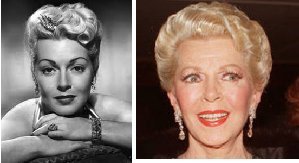
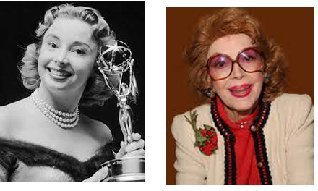
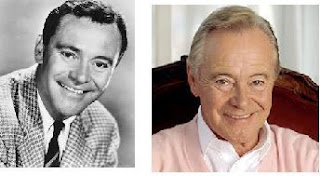
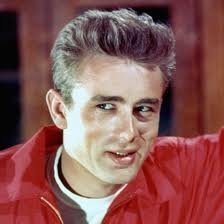


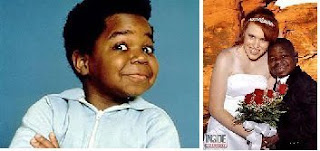

1 comment:
Happy Boy Scout day!
Yes, it is time to figure out Super Bowl food :-) Thank you for the suggestion.
Post a Comment